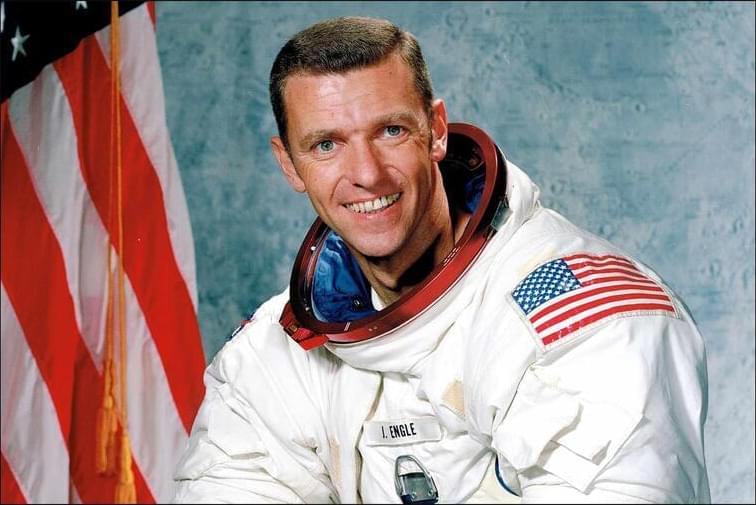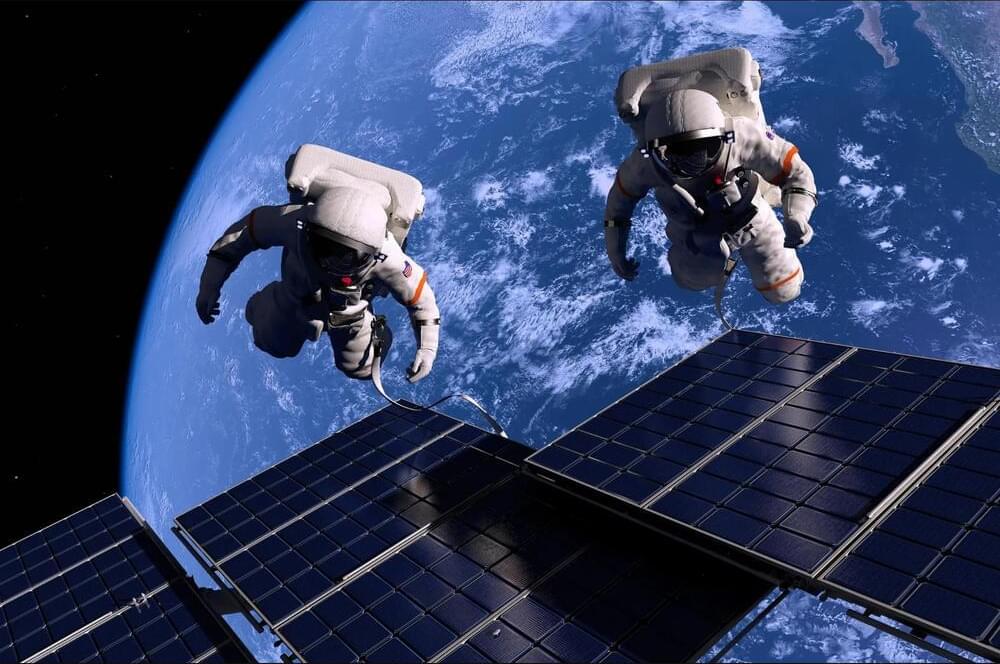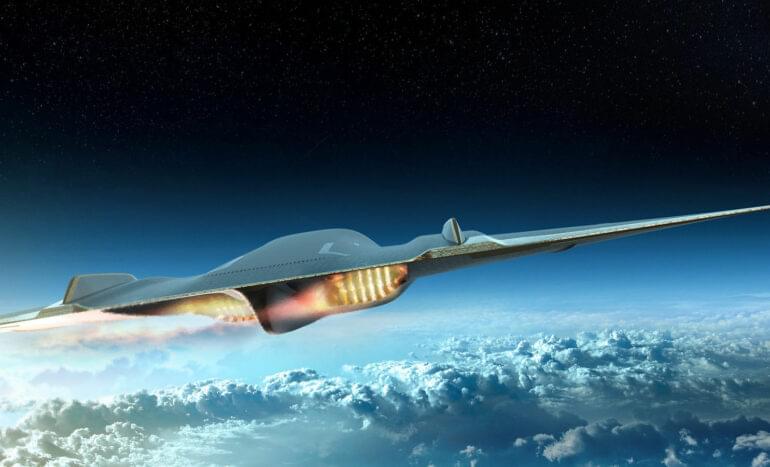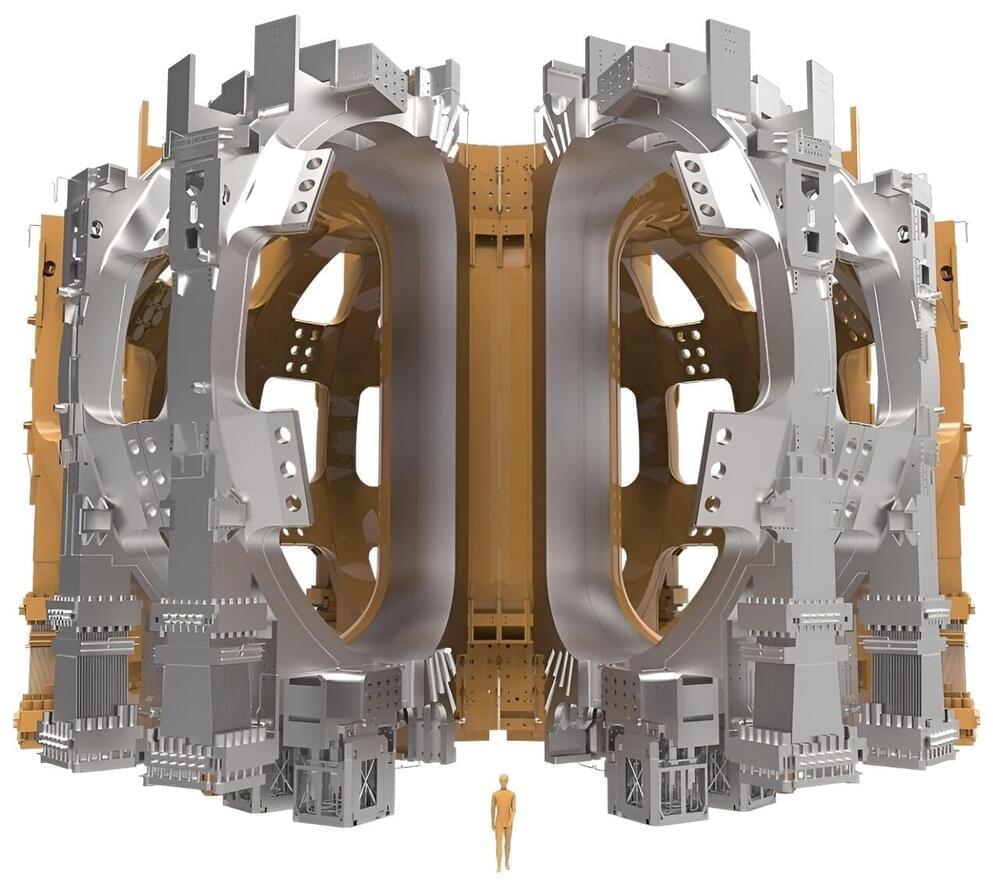What happens when humanity begins living in space, building larger space stations, and creating a purely space based economy. Space drones will deliver goods between stations, farming stations will grow food, and space hotels will host celestial events and viewing parties for eclipses and welcoming parties for spaceships returning from Mars.
This sci-fi documentary takes a look at the future of space stations and space technology, starting with the retiring of the International Space Station, and ending with the construction of the largest rotating ring world space station, with its own atmosphere and lakes that evaporate creating clouds and rain.
Other topics in this video include: stealth based technology and metamaterials, the future of Starship Mark 2, cryo refuelling in space, Moon space stations, the Mars Colony, asteroid mining station, future space telescope stations, design concepts, and cryo sleep.
–
PATREON
The short video \.





